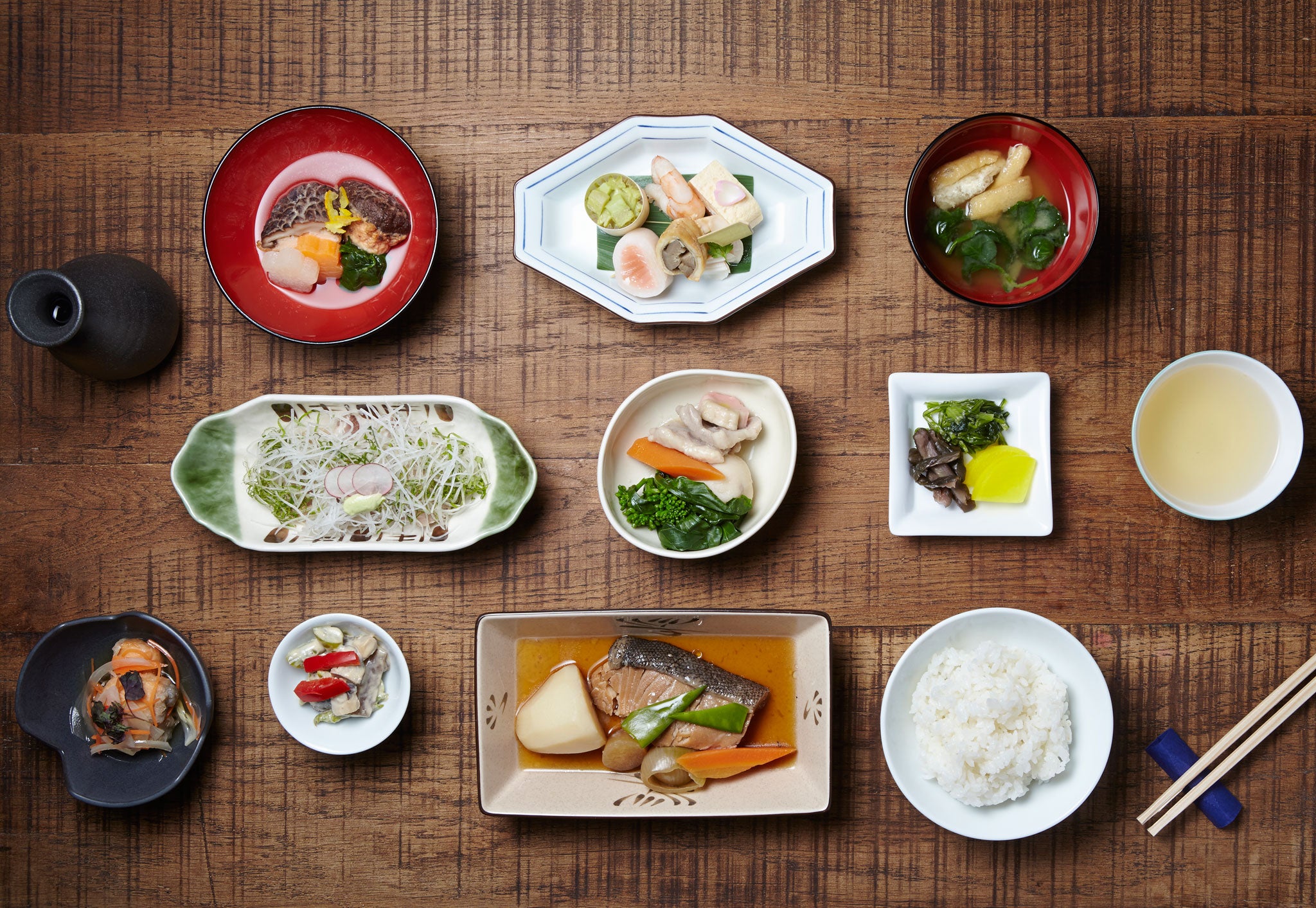Airline food across the classes: Ever wondered what the other half are eating?
We look at the food offerings across the classes on two of the world's best airlines, and Samuel Muston looks at the turbulent history of mile-high dining

Unless you have led a life something akin to Sir David 'Concorde' Frost's, the chances are you have suffered while travelling on a long-haul flight.
There are many niggles which come about when you are hurtling through a cumulonimbus cloud at 500mph – and most of them are unavoidable. Your nose is always going to feel dry, you are always going to wish you were on that beach in Malibu or Mauritius already. And yes, your ears will probably pop.
But the greatest niggle awaits the night-flyer. As anyone who has flown in the hours of dark knows, it tends to be like a caricature of a normal night: you sit down, you drink the first glass of merlot, and then the second and third, you eat some food, sit back to watch that film you really, really want to see and immediately fall asleep. For hours.
Airline food across the classes
Show all 6But then from the deep comfort of your neighbour's shoulder you hear a clink. And a little click. And out of this private space of sleep you are drawn into the confusion of people and things and it dawns on you in alarm-bell tones: food. But, the question is, does the sound belong to the fugitive past or the future? Will I get my bacon sarnie? Or will I have to call her back and make do with Bert in 8B's leftover fruit medley?
Food on a plane is about more than nutrition. There is a tenacious boredom involved in air travel: it gets into all the crevices of your mind, like sand on a beach. And the best way to fight it is with food. Airlines know this, which is why even in economy class you get three courses, cheese and a bun.
Thirty years ago, carriers were spending a fortune on food. If you were on the Air New Zealand flight whose menu is shown on this page, you could expect eggs Florentine, duchess potatoes, a mixed grill and a strudel. It was as much a part of the service as having a seat to perch on. The problems began in 1987 when an American Airlines executive discovered that if they removed a single olive from its meals they would save $40,000 a year. So began a process that culminated in some budget airlines serving what appears to be cephalopods posing as margherita pizzas for £6.50.
After years of industry-wide belt tightening, the carriers on the longest routes, flying the wealthiest passengers, have spent the past decade aggressively improving their meals. Air New Zealand, which is 75 this year, has won airline of the year for the past two years, in part because of its food. Peter Gordon, the Anglo-Kiwi chef, was brought in to re-jig its menu – there are coconut fritters with mango and passion fruit compote for breakfast and beef short-rib dinner –and it duly scooped a cabinet-full of gongs, with MSN.com declaring its economy-class food one of the '15 best meals in the sky'.
Devising a palatable airline meal is a lot harder than you'd think, says Gordon, who works on menus in seven-monthly cycles. "With an airline passenger, you know you have one chance at making sure they have a great time and this can be tricky due to issues at the airport, weather conditions and other factors that, quite frankly, customers are not that interested in. They are with us for quite a long time – they won't be able to walk out – and so their expectation is one of, I'd suggest, 'Look after me, cosset me, entertain me, make my 10-hour interaction with you marvellous'... If we get it wrong, then we may never see them again."
Not only are there the simple things to consider – like not serving pork on flights to certain Middle Eastern destinations and not using mini tomatoes, which are not so good in turbulence – but also making the whole thing taste nice.
There are two particular bedevilling factors. Your taste buds function best at 1,000ft above sea level; by the time you have reached cruising level, 35,000ft, they have essentially gone AWOL. The air pressure also knocks about a third of your taste buds out of action, and as the atmosphere dries, your sense of smell starts to go wonky, too.
Things begin to taste differently – which explains why as much tomato juice, less acidic in the air, is drunk on flights as beer – and quite a lot flatter. In terms of wine, the rule is: "dry wines, no fruit, tannins and dullness will all be amplified," says Gordon. Champagne, though, with all its lovely effervescence, fairs well. To make up for it, carriers splurge on salt and sugar (and ice-cream, which all taste pretty much the same in the sky) but that doesn't do much to help the dehydration you feel. So now herbs and chillies are increasingly used.
And then there is the final hurdle: the kitchen on a plane tends to be only marginally bigger than the loos. The food, which is cooked and freeze-dried on the ground, can only be warmed in the air; and then only using convection cookers, which work by blowing warm, dry air over the food.
It is a limiting, yes, but you can still do lots. Not everything, though, says Gordon. "I wouldn't, for example, attempt to serve a soufflé on board".
Subscribe to Independent Premium to bookmark this article
Want to bookmark your favourite articles and stories to read or reference later? Start your Independent Premium subscription today.

Join our commenting forum
Join thought-provoking conversations, follow other Independent readers and see their replies